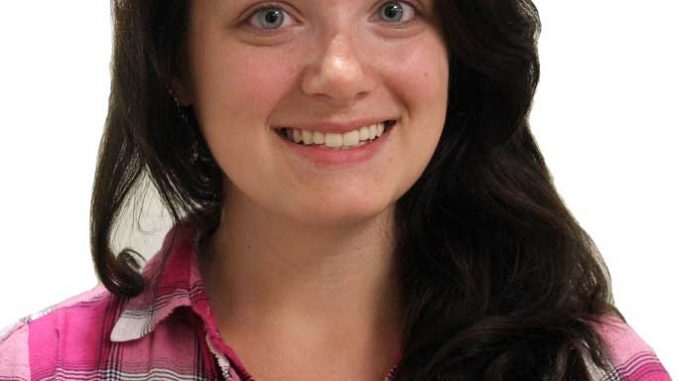
 It occurred to me on Aug. 27 at approximately 12:22 p.m. that I feel as if I know nothing about LGBTQ media. I made it a point to embark on a journey to learn more about this, which I felt I had minimal working knowledge about -–certainly not enough to flesh out a character. So I decided to explore.
It occurred to me on Aug. 27 at approximately 12:22 p.m. that I feel as if I know nothing about LGBTQ media. I made it a point to embark on a journey to learn more about this, which I felt I had minimal working knowledge about -–certainly not enough to flesh out a character. So I decided to explore.
That night, I thought of the beginnings of a script idea. Although I identify with a straight female character, the main character I created was a homosexual male.
Consequently, I felt the need to do some research. Whenever I write a script, story, poem or sentence, my first priority is to represent the subject as accurately as I can. Especially when the character I want to write is far removed from me. No matter if the piece is about fictional characters or real people, my mantra remains the same: the subject should always be accurately represented. So I started where all thoughtful character research starts: Wikipedia.
And don’t pull that, “Wikipedia is so high school. I only use JSTOR and Academic Search Premier now,” on me. I see right through that. You’re not fooling me.
The Wikipedia page for “Media portrayal of LGBT people,” is where I started.
According to Wikipedia, “Because lesbian, gay, bisexual and transgender people look just like anyone else, the media often adds images to make the gay community as visible as a difference in skin color. In many forms of popular entertainment, gay men are portrayed as overly promiscuous, flashy and incredibly bold.”
It was just a good jumping off point. Yes, the media often attributes certain iconography to cultures and subcultures to make them more easily identifiable and easier to slap a label on. However, I’m more interested in writing what is true to the character. Being gay is only one facet of the character, and there are other parts that make up the whole.
My adventure through the vast knowledge that is Wikipedia eventually led me to Logo’s website. Logo is a network dedicated to providing programming targeted at an LGBTQ audience. I have never seen anything on this channel, nor did I previously know it existed.
In its FAQ section, one of the questions it answered is, “Is Logo TV a ‘gay channel?”
It tastefully replied: “Yes! No! It depends on what you mean. If you mean TV that appeals to a gay audience, and their friends, and their families, and people who are beyond labels, and people who just happen to like a smart, well-designed, often outrageous sensibility, then yes, absolutely. If you mean, like, in a more polarizing sense of a channel only for gay viewers, and that only shows programs that only have gay characters, then no, not so much. We’ve found that the majority of our viewers are happier with inclusive TV that reflects their lives and that which they can share with friends.”
I spoke with Nick Lucier, a senior media studies and production major who interned at Logo in its original programming department. I asked him how he felt about Logo’s mission.
“In the media, Logo contributes to the image of the LGBTQ identity as being the only network solely aimed at the queer audience. The network has made positive impact in terms of the queer community by releasing programs that contain heavy LGBTQ content, and produced shows that enhanced the image of gay and lesbian life in a time that it was still very controversial,” he said.
So, is the media’s portrayal of LGBTQ characters becoming more truthful? Lucier thinks that they are.
“Nowadays, most shows have some sort of queer character in them, or has characters experimenting with their sexuality, and I believe that to be crucial in a time where so many are learning many different social norms from the media,” Lucier said. “Having a confused child able to relate to a character who is struggling with their sexuality can be that one time when they connect to another person, regardless of the medium.”
Whether it’s fair or not, unconsciously or consciously, we relate to the characters we see on the screen. This is exactly why I sent myself on this wild journey to learn more about the topic. I want to be able to write truthful characters because I know that truth translates to pieces that people care about. At least, I feel like I can notice when an artist is truthful. Truth can’t be measured.
I fell down a rabbit hole. I began this journey wanting to do research for a character and ended up learning more than I anticipated about LGBTQ culture in the media.
Chelsea Colatriano can be reached at chelsea.colatriano@temple.edu.


Be the first to comment